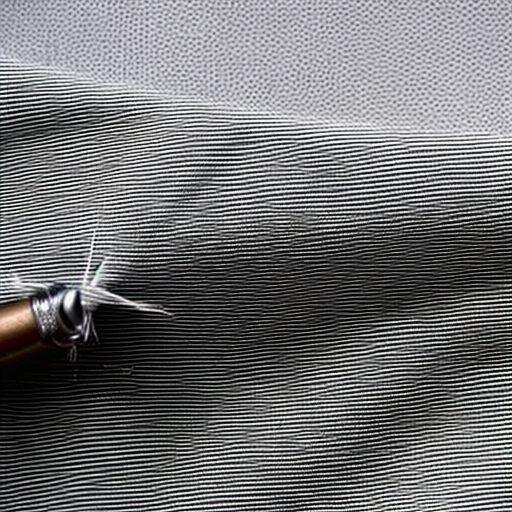Sewing is the art of attaching objects using stitches made with a needle and thread. Whether you’re a beginner or an experienced sewer, mastering different sewing techniques is essential to create beautiful and professional-looking garments. Below is a handy list of sewing techniques that every sewing enthusiast should know.
- Basting: This temporary stitch holds fabric pieces together while you work on the final stitching. It can be easily removed once the permanent stitching is done.
- Gathering: Gathering is the process of creating controlled folds or pleats in fabric to fit a larger piece. It adds volume and shaping to garments, especially in ruffles, cuffs, and waistlines.
- Hemming: Hemming gives a finished look to garments by folding and sewing the raw edge of fabric to prevent fraying while maintaining a clean appearance.
- Seam Finishing: Seam finishing techniques, such as serging or zigzag stitching, prevent raw edges of fabric from fraying and unraveling over time.
- Topstitching: This visible stitching is done on the outside of a garment, usually along seams or edges, to create a decorative element or secure multiple layers of fabric.
- Understitching: Understitching is used to keep facings or linings from rolling out and becoming visible on the right side of the garment. It involves stitching the facing or lining to the seam allowance.
- Pattern Matching: Pattern matching ensures that fabric designs align seamlessly when different pieces are sewn together. It requires careful cutting and aligning of the pattern pieces.
- Grading: Grading reduces bulk in seams by trimming the seam allowances to different widths. This creates smooth and even layers when multiple fabric pieces overlap.
These are just a few essential sewing techniques to help you enhance your sewing skills and create high-quality garments. As you explore the world of sewing, keep experimenting with various techniques to expand your repertoire and create unique designs. Happy sewing!




